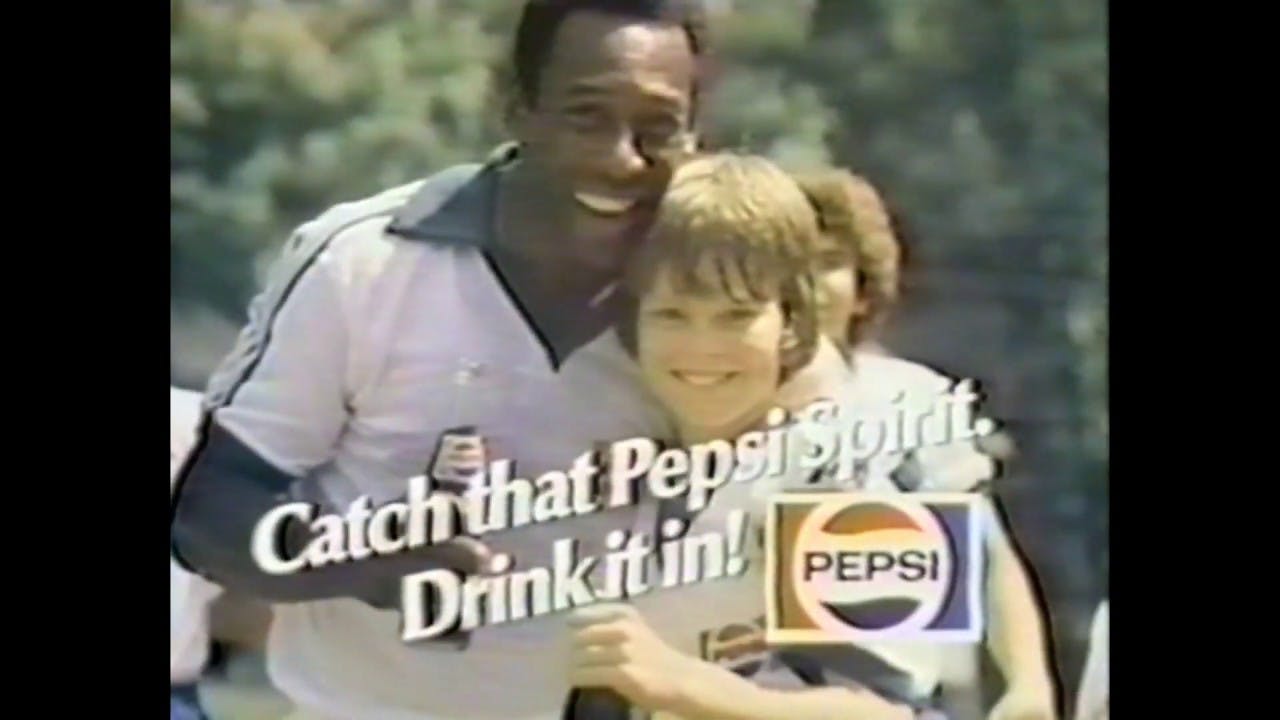Why Is Sports Marketing So 'Weak'?
28 Oct, 2022
Why is marketing better when it is applied to a toilet cleaner than when it is applied to sport, asks Michael Inpong, MD of Sports&Brands, in his latest column for MAD//Insight.
If sports marketing were a muscle it would be atrophied and soft - in a physio’s words: weak. After my years at P&G, Nestle, L’Oreal and Müller, I have co-founded a consultancy in sport, activity and healthy lifestyle. 10 months in, it is clear: in sports marketing, sport is written in capital letter, font 58, bold when marketing is written in small, font 7, italic.
Why is that? Why is marketing for mundane products so much better than sports marketing when sport carries inspiring values and has the potential to trigger societal change. Why is marketing better when it is applied to a toilet cleaner than when it is applied to sport?
Here's what I think:
1. "Sports marketing” actually is used for “sponsorship”
When “sports marketing” was coined, it was not marketing as P&G would call it. It was sponsorship. Putting the first board around a football pitch, getting an athlete to smile holding a product on a poster. Today this remains. “Yes! I’ve done great sports marketing today! I have put a big logo on the shorts of a rugby player, right on their bottom!” (High-fives all-round!)
2. There is no brand building playbook in sports marketing
Most blue-chip marketing-led companies have a form of “academy” or training programme. Methods are trained and improved. The skills developed are then unleashed across many products. So marketing gets sharper, better. Factually most of today’s sport marketing is similar to what was created in the 70s (just compare the ads with Lionel Messi and Pele 50 years apart you’ll be astounded). Sports marketing needs a playbook with methods and structures.
3. The Emperors’ new kit
Brands are surrounded by people that keep the illusion of “sports marketing” alive. They will tell you “Wow! You have reached X million eyeballs with your logo, what a great sport marketing campaign!”. They will tell you they are experts in the sport, so that you trust them on marketing too. They will give you free tickets and VIP access to special places or people. So you will lower your guard, your marketing standards, you will repeat that “eyeballs!” when in reality you could just do that with a regular advertising campaign. You will end up like the Emperor in the Emperor’s new clothes, but more like a naked pitch invader running in the middle of the football pitch.

Pele in an advert for Pepsi in the 1970s. The players may have changed but the ads have largely remained the same.
So how to get stronger? Here is the training programme
1. It starts with the mindset.
Stop saying “sports marketing” - start saying “marketing with sport” ,(if you are on the brand side), or “Marketing in sport”,(if you are a rights holder). Repeat 2 x 10 times, everyday.
You are now ready to unleash the marketing power - laser-sharp situational analysis, deep consumer-centrism, story-telling, expert marcomms. It just happens to be with/on sport.
2. Build a method.
Heard from a sport coach: “Take care of the process, the process will take care of the outcome”. Start from your marketing methods, apply it to sport. Brand equity, points of difference, brand character, reasons to believe, point of market entry etc.
3. Lead with the mind, leave the emotions out
When you market a toilet cleaner, you have a certain level of emotions, (personally I loved working on my Flash toilet cleaner!). Keep this level when you do marketing in/with sport. Not more, not less. There will be temptations to get over-emotional, stay strong.
4. Unleash the story-teller, calm down with the over-excited logo-sticker
Of course, you must brand your events well and get a good logo visibility. Anyone can do that though. Become the unique story-teller that extracts the nuggets sport can give and tell them to the world. It will drive your brand purpose and connect with people. For instance: did you know that 2/3 of sport fans think sport should be more inclusive? (YouGov, Sport white paper 2022).
5. Innovate. Create NPD in/with sport.
It is easy to sponsor a big name, a big sport and follow the crowd. It is also very expensive.
There is so much innovation possible in sport. Consider a sport or a personality like an NPD with a distinctive taste/benefit. Now the brand builder you are can build a plan to launch it. There are so many insurgents, disruptive, smaller brands around us. It is the same in sport. Go and innovate!
Michael Inpong Michael started his career at P&G and L’Oreal Most recently he was the CMO and strategy director for Müller where he led ground-breaking brand building partnerships in sport. Michael is now the Managing Director of Sport&Brands a brand strategy consultancy in sport, a company he co-founded. Michael is also a trustee of the Women’s Sport Trust and advisor to UK Coaching.
Michael will be writing a column for the MAD//Fest Newsletter regularly throughout the year.
